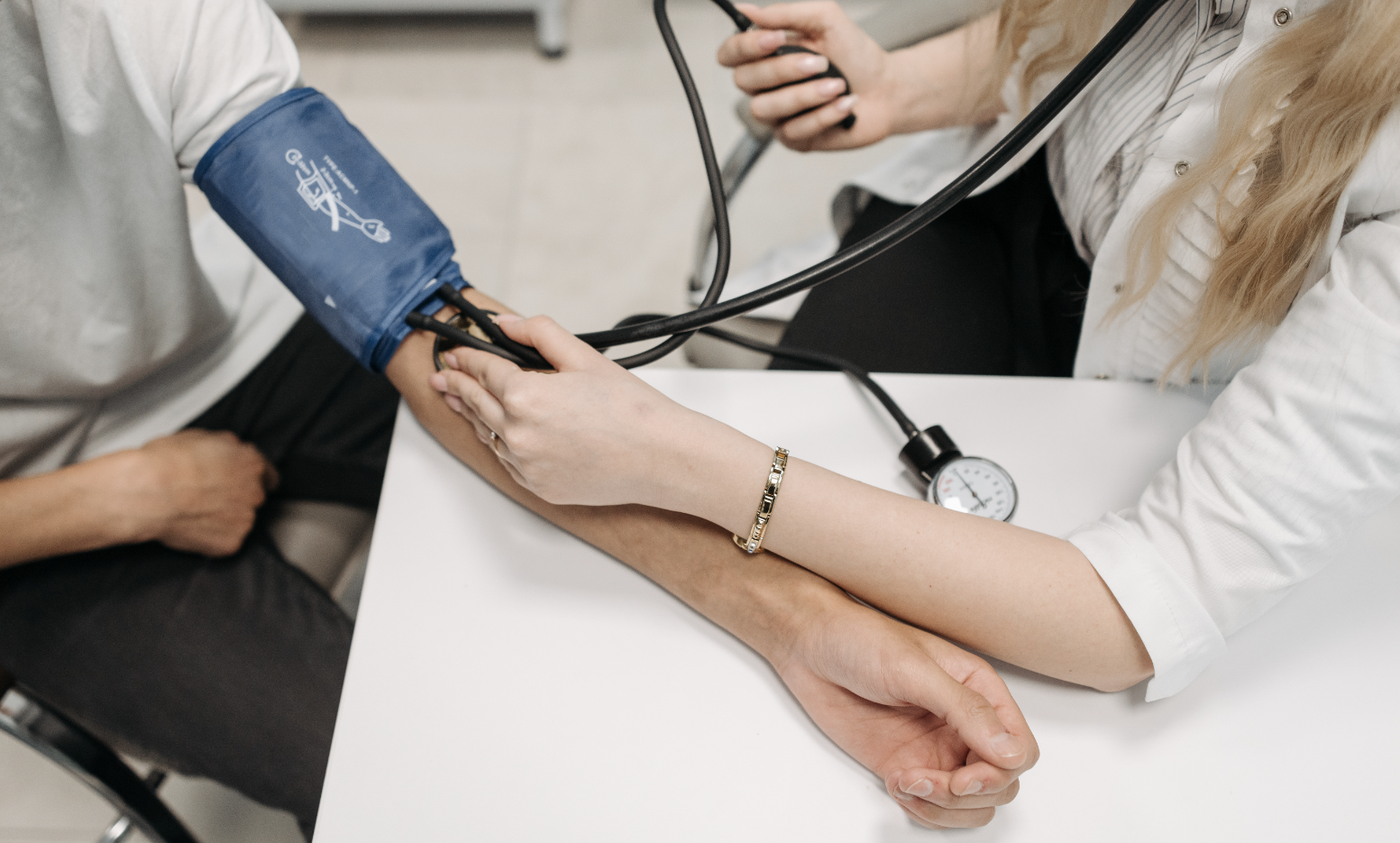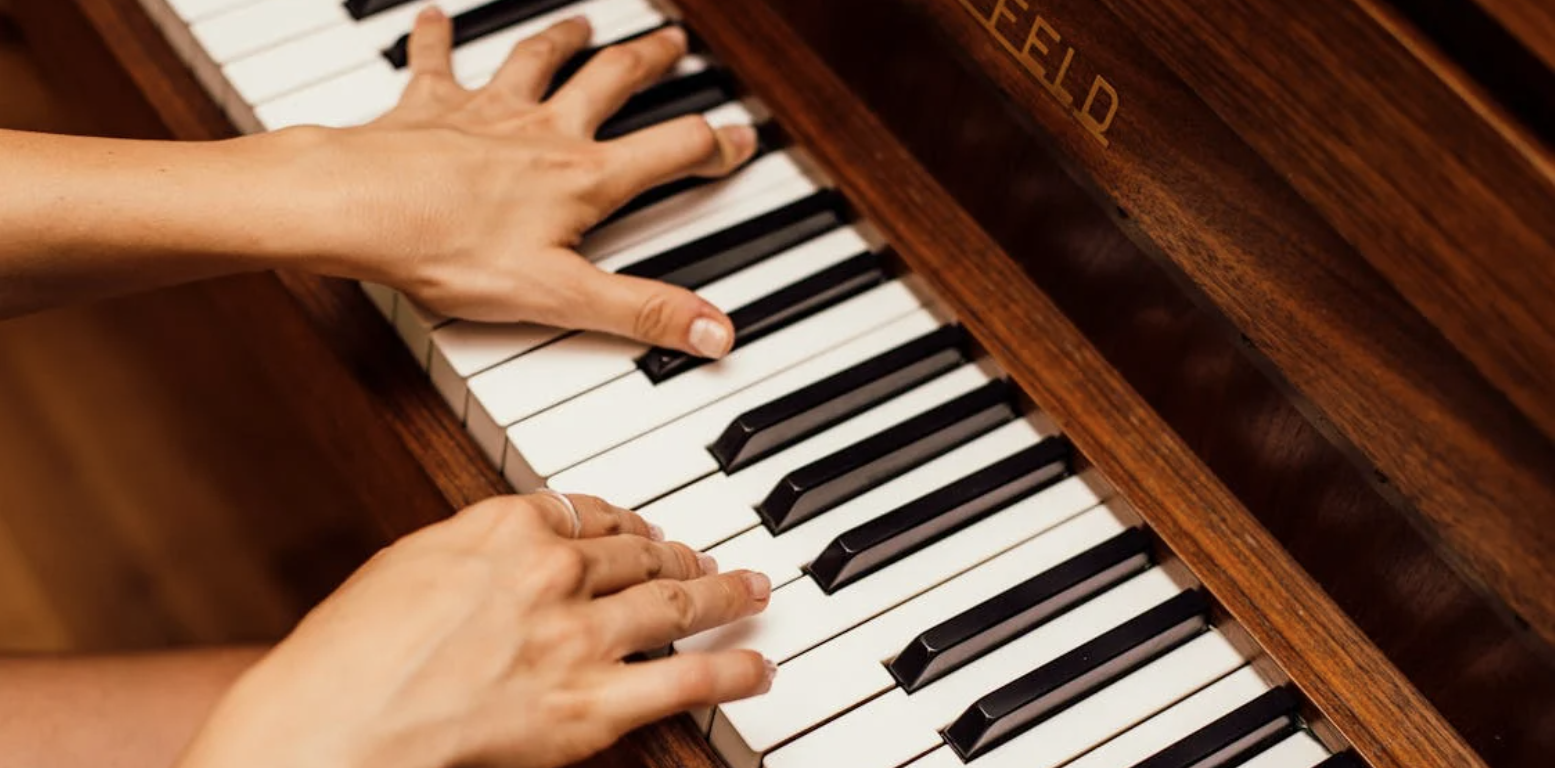Speak to a local care advisor at Assisted Living Locators by calling (888)-267-4741.
Learn about Assisted Living, Senior Living, Memory Care, and In-home care options.
As we age, understanding and managing our health becomes increasingly crucial. One key aspect of this is monitoring our blood pressure. This article will dive into the intricacies of an elderly blood pressure chart, providing a comprehensive guide for seniors and their caregivers.
Understanding Blood Pressure
To comprehend an elderly blood pressure chart, we first need to understand what blood pressure is. Blood pressure refers to the force exerted by blood on the walls of the arteries as it circulates through the body. It is measured in millimeters of mercury (mm Hg) and is typically represented by two numbers.
Systolic and Diastolic Pressure
The first number, or the top number, is known as the systolic pressure. This measures the pressure when the heart contracts and pushes out blood. The second number, or the bottom number, is the diastolic pressure, which measures the pressure when the heart is at rest, refilling with blood.
The Importance of Monitoring Blood Pressure in Seniors
As people age, their vascular system undergoes changes. The arteries may stiffen, leading to an increase in blood pressure. This can occur even in individuals who maintain heart-healthy habits. High blood pressure, also known as hypertension, often doesn’t exhibit noticeable symptoms, earning it the label “the silent killer”. If left uncontrolled, it can lead to severe health problems, including heart disease, stroke, and kidney disease.
Therefore, regular monitoring of blood pressure is essential for seniors. Keeping a check on blood pressure levels can help detect any abnormalities and take necessary action in time.
The Elderly Blood Pressure Chart: What’s Normal?
An elderly blood pressure chart provides a reference for what is considered a normal blood pressure range for seniors. The American Heart Association states that a normal blood pressure for adults, including those aged 65 and older, is less than 120/80 mm Hg.
However, it’s important to note that what’s “normal” can vary depending on an individual’s overall health, lifestyle, and any underlying medical conditions. Thus, it’s crucial for seniors to consult with their healthcare provider to understand what their ideal blood pressure should be.
Blood Pressure Categories for Seniors
The elderly blood pressure chart is divided into several categories that indicate the severity of hypertension. Here’s a breakdown of these categories:
- Low Blood Pressure: A reading of 90/60 mm Hg or lower is considered hypotensive. Symptoms may include dizziness, fainting, and increased risk of falls.
- Normal Blood Pressure: A reading within the range of 91/61 mm Hg to 119/79 mm Hg is considered normal.
- Elevated Blood Pressure: If an individual’s blood pressure is elevated but lower than 130/80 mm Hg, lifestyle changes like increased physical activity, a low-salt diet, and limited alcohol intake may help regulate it.
- Stage 1 Hypertension: Blood pressure ranging from 130/80 mm Hg to 139/89 mm Hg falls under this category. A healthcare provider will likely recommend medication and lifestyle adjustments.
- Stage 2 Hypertension: Readings above 140/90 mm Hg indicate stage 2 hypertension. It might require multiple medications along with lifestyle changes.
- Hypertensive Crisis: A reading of 180/120 mm Hg or higher is a hypertensive crisis. Immediate medical attention is required.
Factors Influencing Blood Pressure in Seniors
Several factors can influence blood pressure in seniors. These include age, gender, race, lifestyle habits, and certain medical conditions. As people age, their arteries tend to narrow and stiffen, causing an increase in blood pressure. High blood pressure can also result from lifestyle factors, such as a high-salt diet, physical inactivity, excessive alcohol consumption, and smoking.
Managing Blood Pressure in Seniors
Managing blood pressure in seniors often involves a combination of medication and lifestyle changes. Adopting heart-healthy habits like regular exercise, a balanced diet, limiting alcohol and salt intake, quitting smoking, managing stress, and maintaining a healthy weight can help control blood pressure. However, in some cases, prescription medications might be necessary to effectively manage hypertension.
Conclusion
An elderly blood pressure chart serves as a useful tool in managing the health of seniors. It provides a clear understanding of what constitutes normal and abnormal blood pressure ranges, thereby enabling timely interventions when needed. Regular monitoring of blood pressure, combined with necessary lifestyle changes and appropriate medication, can go a long way in ensuring the overall wellness of seniors.












